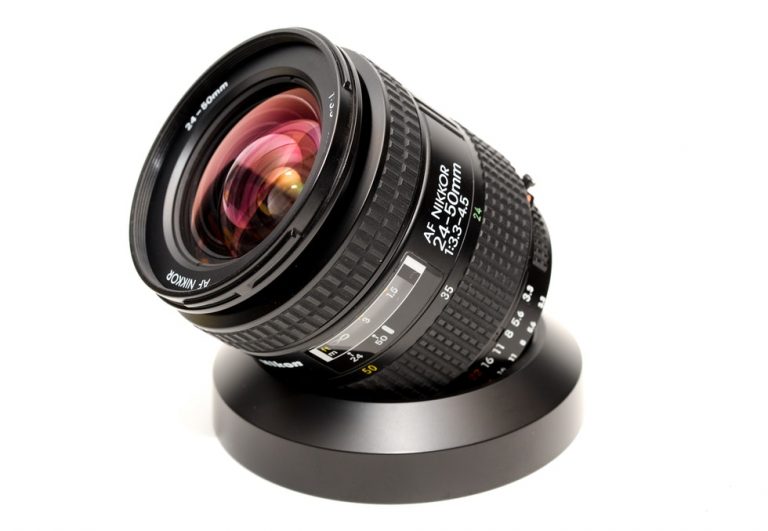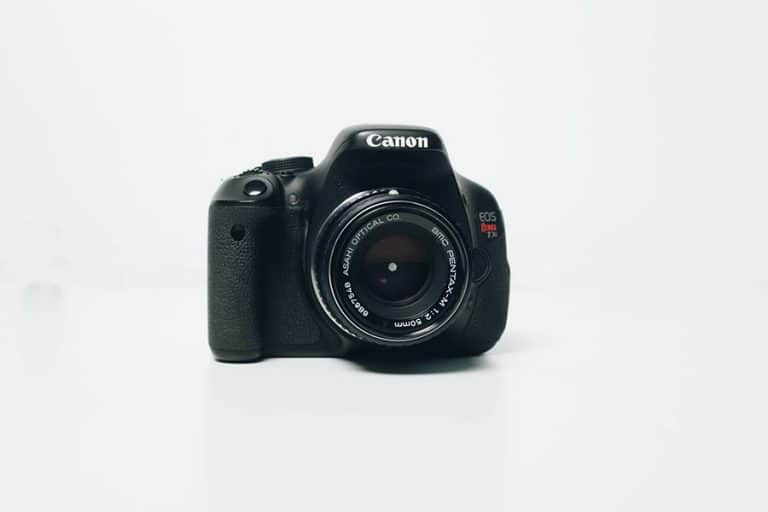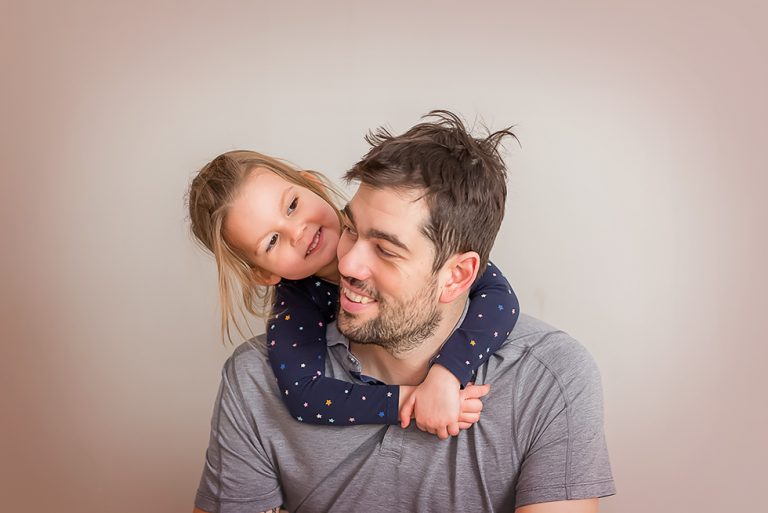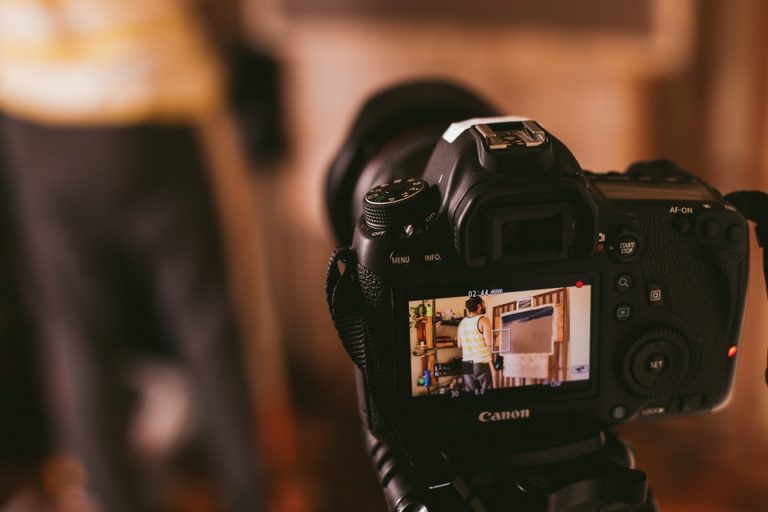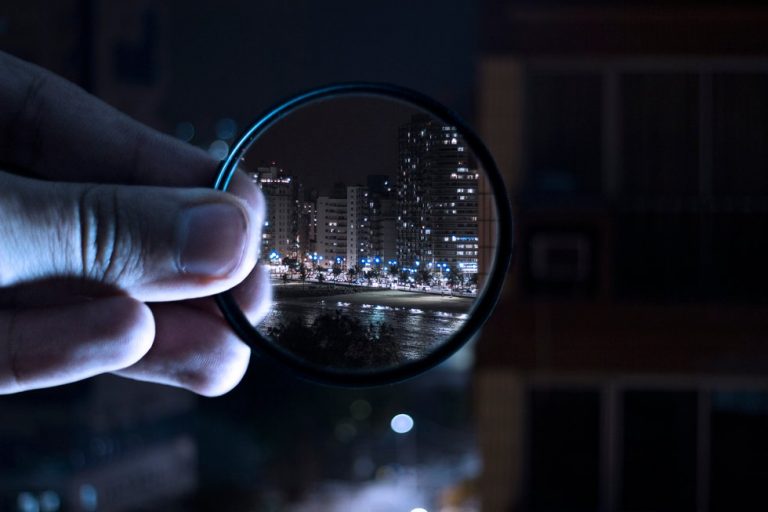Should I Upgrade or Keep The Kit Lens? Here are my top 3 reasons why you should upgrade your kit lens…
The beauty of having a DSLR camera is the versatility you have available by using a variety of lenses. Despite this freedom of being able pick and choose the right lens for the job, many DSLR users simply solely use the lens that came with their camera. Although the “kit lens” often provides a useful focal range there are numerous reasons that limiting yourself to using the kit lens may actual slow down the “learning curve” for any DSLR users that are committed to advancing their skills behind the camera. As every photographer progresses in their experience and skill level, the natural question will arise – should I upgrade or keep the kit lens? The short answer is: it depends on what you photograph and your goals, but if your serious about your photography, yes you should upgrade. But keep on reading to see my top 3 reasons why.

Lack of Depth of Field Options
The biggest drawback to a kit lens is that kit lenses come with a variable aperture range that, even at its widest aperture is not a very large aperture. For example, a standard wide to mid range 18-55mm zoom kit lens often yields a max aperture of f/3.5 at 18mm and changes to f/5.6 on the long range of the zoom at 55mm. So what does this mean to you? It means that all of your photos will have a lot of depth of field, or put another way, most of your photo will be in focus and you won’t be able to achieve the nice background blur to your photos that allows you to isolate your subjects within the photo. A technique that is especially great for portrait photography. By using lenses with a wider aperture, like f/1.8, you at least will give yourself the choice to take advantage of a shallower depth of field in your photos, a great technique to draw the viewers attention to your intended subject!

[ad id=’1′]
Low Light Performance
Another severe limitation of a kit lens and its variable aperture ranges is its shabby performance in low light conditions. Not sure exactly how aperture affects shutter speed and thus low light performance? In summary, the wider the aperture, the more light that is let through the lens and thus the faster shutter speed you will be able to shoot at and still get a proper exposure. No matter if you are a wedding photographer, portrait photographer, newborn photographer, landscape photographer or just plain hobbyist, having the ability to take photos indoors or in other lower light conditions is huge. If your a Nikon user, I highly recommend the Nikon 35 f/1.8G lens which is an amazing lens, that works well in low light and is a great value at less than $200.

Harder to Understand Basics of Exposure
When first starting out, the first thing everyone must master is the concept of “exposure”. Learning the exposure triangle and how ISO, shutter speed, and aperture all relate & affect each other when one of those variables change. For anyone who is wanting to get away from shooting on auto mode and learn how to photograph in manual mode, having a kit lens which has an aperture that changes on its own as you zoom in or out adds an extra variable into the already somewhat confusing concept of exposure. Reason is, instead of being able to set an aperture like f/2.8 or f/3.5 and then adjust ISO to see how shutter speed changes or vice versa, the cameras settings will be adjusting all over the place because as you zoom from 18mm to 35mm or to 55mm your widest aperture setting is changing also.
In summary, welcome to the wonderful world of photography! Having a DSLR will provide you with so many more options than you’ve been able to have otherwise. I hope that this article gives you some insight into some of the limitations associated with solely using a kit lens and real life reasons why you should upgrade your kit lens.
Talk soon!
Cole

